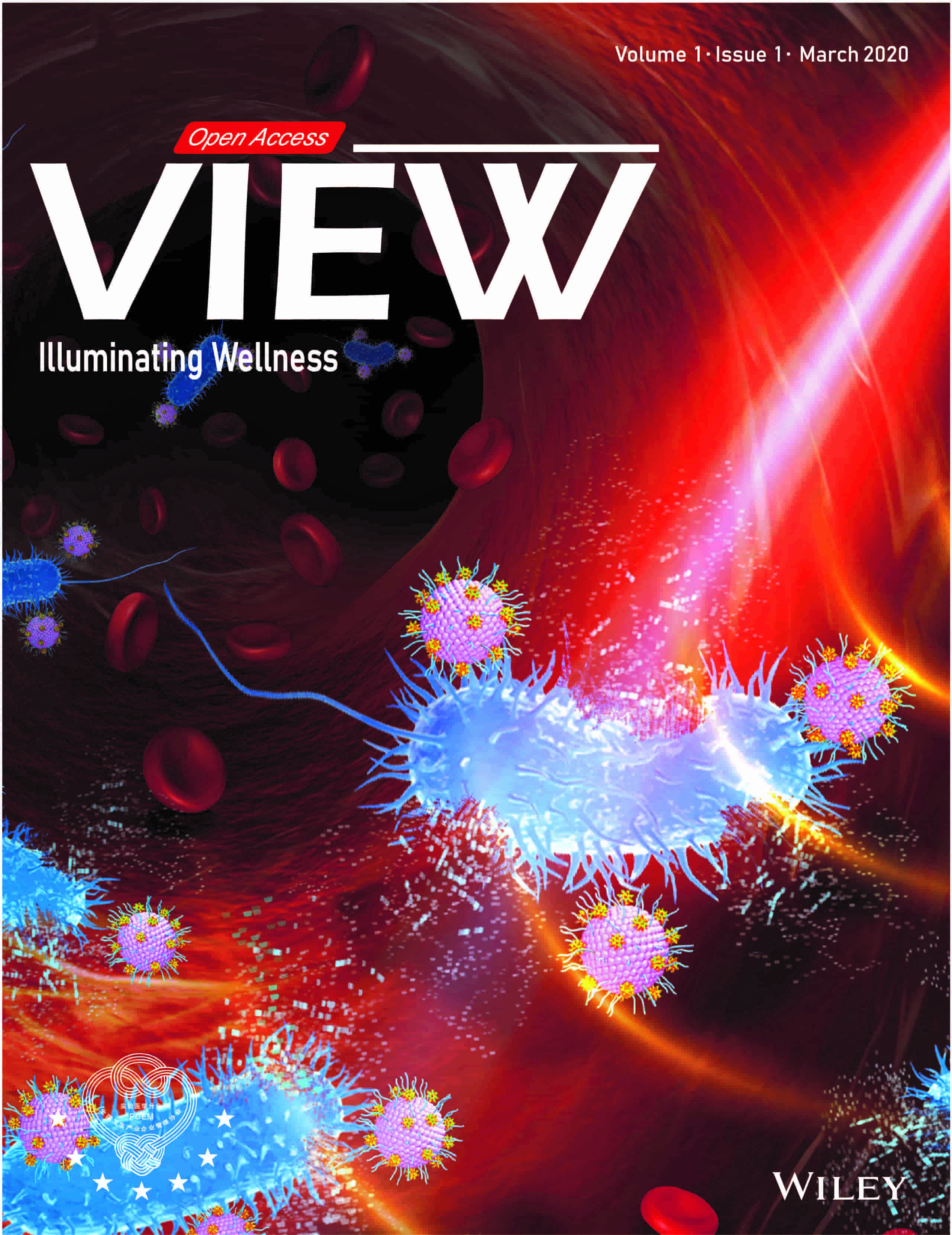以多种材料直接墨水书写银基柔性高变形干式心电图生物贴片
IF 8.5
4区 医学
Q1 MATERIALS SCIENCE, BIOMATERIALS
引用次数: 0
摘要
与传统的湿式银/氯化银(Ag/AgCl)电极不同,三维(3D)打印干式电极备受关注。这些创新电极不仅采用了三维打印的个性化材料,而且无需电解质凝胶,因为电解质凝胶随着时间的推移容易脱水。此外,这些电极还具有独特的特性,如可伸缩性、可变形性、生物兼容性、可佩戴舒适性和制造成本效益。虽然干电极的优势显而易见,但其性能优化却遇到了与电荷迁移有关的挑战,特别是在缩小到微型尺寸时,会影响生物信号的检测。本研究通过重点开发可扩展、可拉伸和高度可变形的注射器打印干式心电图(ECG)贴片来应对这些挑战。该方法采用了直接的多材料直接墨水写入(DIW)技术,每次打印可实现完整的生物补丁,从而实现了快速且具有成本效益的制造过程。打印分辨率高达 200 微米,Ag/AgCl 干电极的电导率约为∼ 5 × 104 S/m。这不仅确保了可扩展性,还将金属基油墨的应用扩展到各种软电子设备,尤其是在资源匮乏的环境中。本文章由计算机程序翻译,如有差异,请以英文原文为准。

Multi-material direct-ink-writing of silver-based flexible and highly deformable dry electrocardiogram biopatches
Of significant interest are three-dimensional (3D) printed dry electrodes, a departure from traditional wet silver/silver chloride (Ag/AgCl) electrodes. These innovative electrodes not only incorporate 3D printed personalized materials but also eliminate the need for electrolyte gel, which tends to dehydrate over time. Additionally, these electrodes boast unique attributes such as stretchability, deformability, biocompatibility, wearable comfort, and cost-effective manufacturing. While the advantages of dry electrodes are apparent, their performance optimization encounters challenges related to charge migration, particularly when scaled down to miniaturized dimensions, impacting biosignal detection. This study addresses these challenges by focusing on the development of scalable, stretchable, and highly deformable syringe-printed dry electrocardiogram (ECG) patches. The approach employs straightforward multi-material direct-ink-writing (DIW) techniques, realizing complete biopatches per print, resulting in a rapid and cost-effective fabrication process. The achieved printing resolution reaches up to 200 µm, and the conductivity of Ag/AgCl dry electrodes reaches approximately ∼ 5 × 104 S/m. This not only ensures scalability but also expands the applications of metal-based inks to various soft electronic devices, particularly in low-resource settings and environments.
求助全文
通过发布文献求助,成功后即可免费获取论文全文。
去求助
来源期刊

VIEW
Multiple-
CiteScore
12.60
自引率
2.30%
发文量
0
审稿时长
10 weeks
期刊介绍:
View publishes scientific articles studying novel crucial contributions in the areas of Biomaterials and General Chemistry. View features original academic papers which go through peer review by experts in the given subject area.View encourages submissions from the research community where the priority will be on the originality and the practical impact of the reported research.
 求助内容:
求助内容: 应助结果提醒方式:
应助结果提醒方式:


